
How AI Could Harm Hollywood Stunt Workers
Many actors in Hollywood are worried that robots and computers might take their jobs. But for lots of stunt performers, that scary future is happening right now.
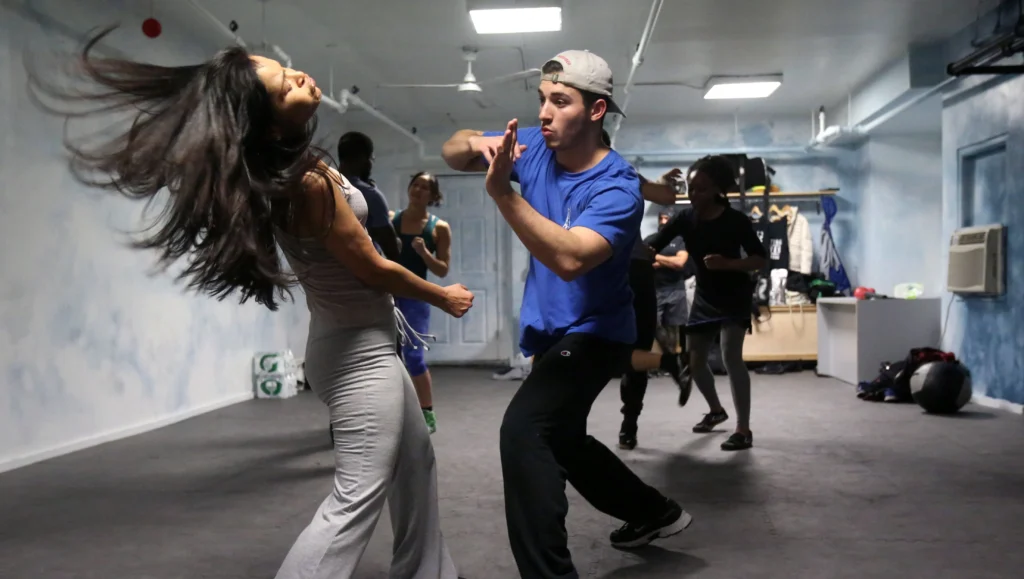
Hollywood actors are worried that robots and computers might take their jobs. But this is not just a future concern; it’s already happening to many stunt performers.
In shows like “Game of Thrones” and the latest Marvel superhero movies, studios have been using computer-generated characters in the background to save money and use fewer actors during big battle scenes.
Now, with the rise of AI, they are looking into even more advanced and cost-effective ways to create exciting action scenes like car chases and shootouts, all without needing to hire lots of expensive human stunt performers.
Stunt work has been a part of Hollywood for a long time, from silent movies to Tom Cruise’s latest “Mission Impossible” films. However, it’s in danger of getting much smaller very quickly.
“The technology is exponentially getting faster and better,” said Freddy Bouciegues, stunt coordinator for movies like “Free Guy” and “Terminator: Dark Fate.”
“It’s really a scary time right now.”
Studios are now making stunt and background performers go through 3D “body scans” while they’re working on set. They don’t always explain why or when they’ll use these scans.
With AI getting better, they can use these scans to make incredibly lifelike “digital copies” of people. These copies can do anything and say anything the creators want them to.
This worries Bouciegues because producers might use these digital copies to replace stunt performers who aren’t the main focus, like people who play pedestrians running away during a car chase.
“There could be a world where they said, ‘No, we don’t want to bring these 10 guys in… we’ll just add them in later via effects and AI. Now those guys are out of the job.”
However, director Neill Blomkamp, whose new movie “Gran Turismo” was set to release in theaters on August 25, believes that what we’ve discussed so far is just the beginning.
Blomkamp finds it challenging to predict the full extent of AI’s role in creating images from scratch, as he explained to AFP.
In “Gran Turismo,” the main approach involves real stunt performers driving actual cars on real racetracks. They only incorporate computer-generated effects for specific complex and perilous scenes.
Blomkamp anticipates that within a mere six to twelve months, AI will advance to a stage where it can produce incredibly realistic scenes, such as high-speed crashes, solely by following a director’s guidance.
He envisions a future where you no longer need computer graphics or visual effects equipment, stunts, cameras, or even visits to real racetracks. It would be a significant shift in the way movies are made.
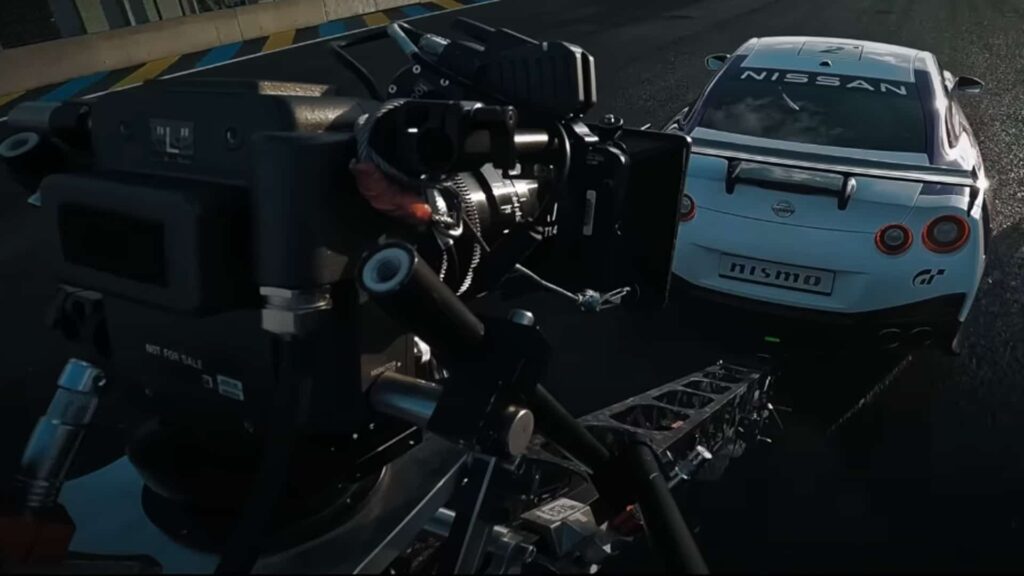
The uncertainty about how AI will be used in the future is a crucial issue in the ongoing strike by the Screen Actors Guild (SAG-AFTRA) and Hollywood’s writers, who have been protesting for 100 days.
SAG-AFTRA recently raised a red flag, expressing concerns that studios plan to make lifelike digital copies of actors, which could be used “forever, in any project they choose.” And all this would be done for the cost of just one day’s work.
The studios disagree with this claim and argue that they have proposed guidelines that include getting the actors’ informed consent and providing fair compensation.
Aside from the potential loss of thousands of jobs, Bouciegues also warns that no matter how advanced the technology gets, the audience can usually tell when computer-generated effects are being used to deceive them.
Even if AI can perfectly recreate a battle, explosion, or crash, it can’t replace the human touch that’s essential in any successful action film. Bouciegues points to recent films like Tom Cruise’s “Top Gun” and “Mission Impossible” sequels.
Cruise uses real stunt performers and performs real stunts, and that authenticity comes through on the screen. According to Bouciegues, this genuine human element has a subconscious impact on the viewer.
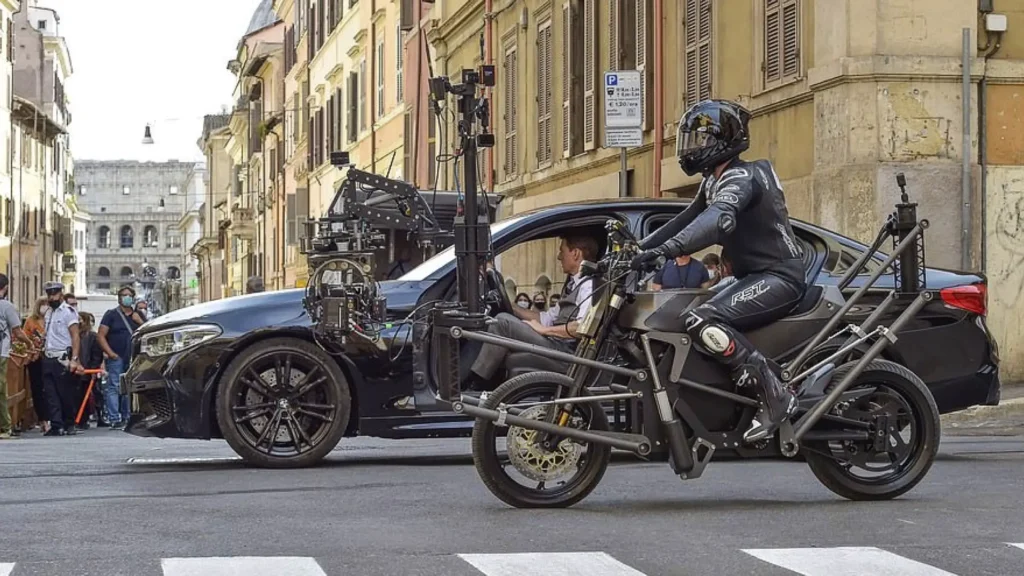
Blomkamp, who started his career in visual effects and directed the Oscar-nominated “District 9,” also acknowledges that current AI technology can produce results that are somewhat unpredictable.
“But it’s coming… It’s going to fundamentally change society, let alone Hollywood. The world is going to be different.”
Stunt workers like Bouciegues believe that the most favorable approach at this point is to combine the talents of human performers with visual effects (VFX) and AI. This combination allows them to execute sequences that would be excessively risky to attempt using traditional methods alone.
“I don’t think this job will ever just cease to be,” said Bouciegues, of stunt work. “It just definitely is going to get smaller and more precise.”
However, even this compromise is a somber reality for the stunt performers who are currently protesting outside Hollywood studios.
“Every stunt guy is the alpha male type, and everybody wants to say, ‘Oh, we’re good,'” said Bouciegues.
“But I personally have spoken to a lot of people that are freaked out and nervous.”
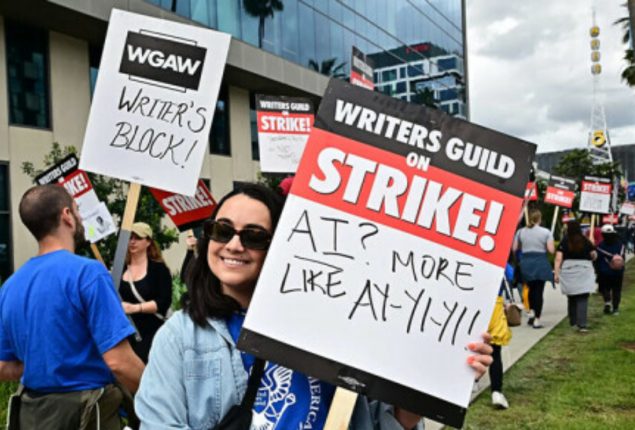
The integration of AI and advanced technology in the film industry raises both exciting possibilities and concerns. While AI has the potential to revolutionize how action sequences are created, replacing certain aspects of traditional filmmaking, it also poses challenges for the job security of stunt performers and raises questions about the authenticity and human element in cinematic experiences.
As the film industry navigates this evolving landscape, the future role of AI in Hollywood remains a topic of ongoing debate and negotiation, with the hopes of finding a balance that preserves the craft of filmmaking while harnessing the benefits of cutting-edge technology.
Never miss any important news. Subscribe to our newsletter.
Related News


British Investor Who Predicted US Slump Warns of Next Crash

I’m a Death Doula: 4 Reasons I Believe Death Isn’t the End
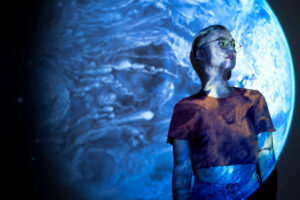

Tech to Reverse Climate Change & Revive Extinct Species

AI Unlocks the Brain’s Intelligence Pathways
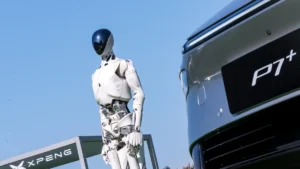
XPENG Unveils Iron Robot with 60 Human-like Joints
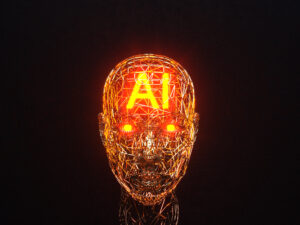
Can AI Outsmart Humanity?
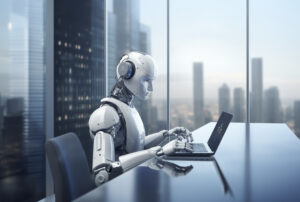
11 ChatGPT Prompts to Boost Your Personal Brand

Keir Starmer Hints at Possible Tax Hikes on Asset Income
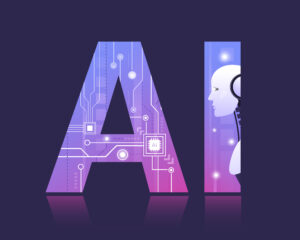
Navigating the Future of AI: Insights from Eric Schmidt
